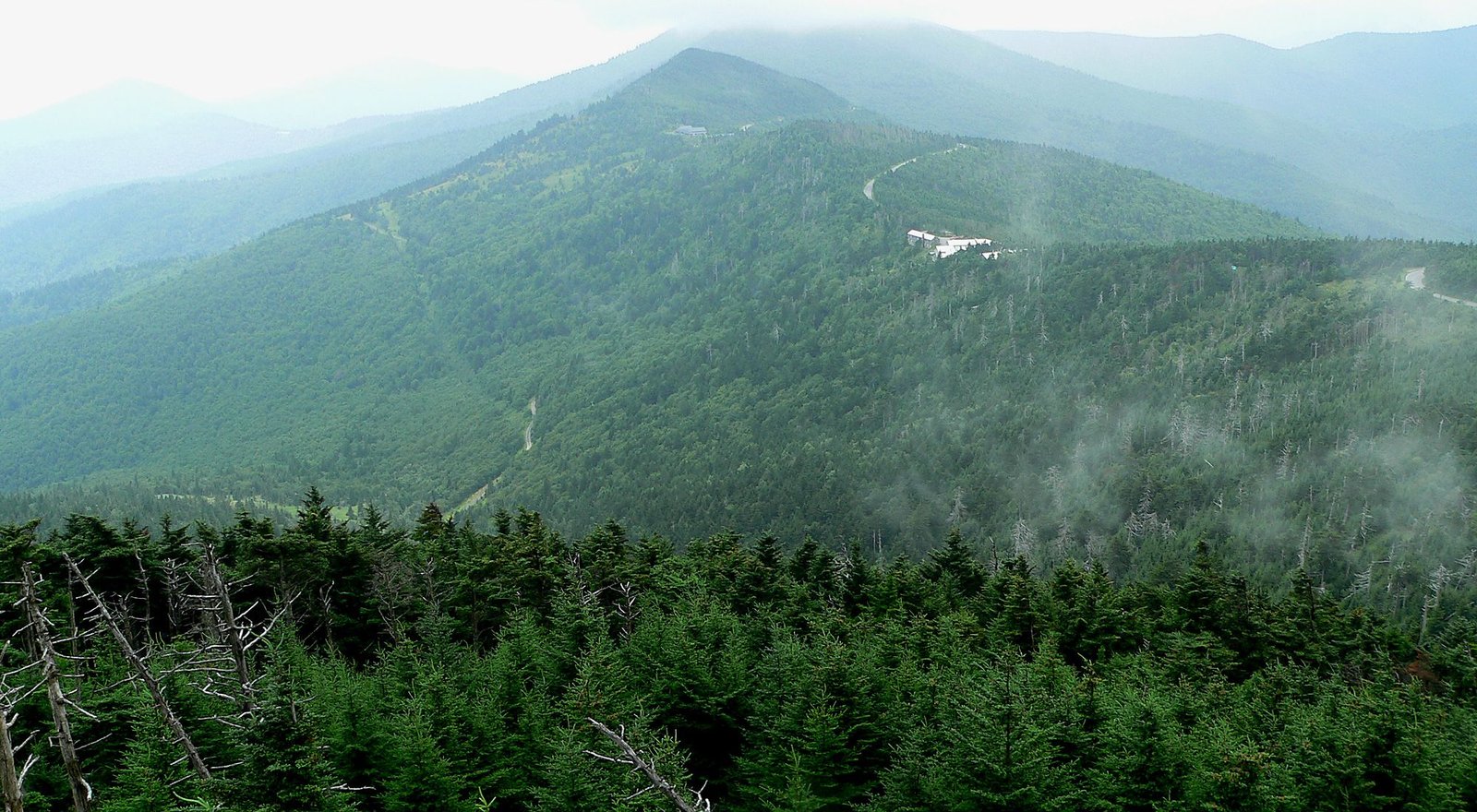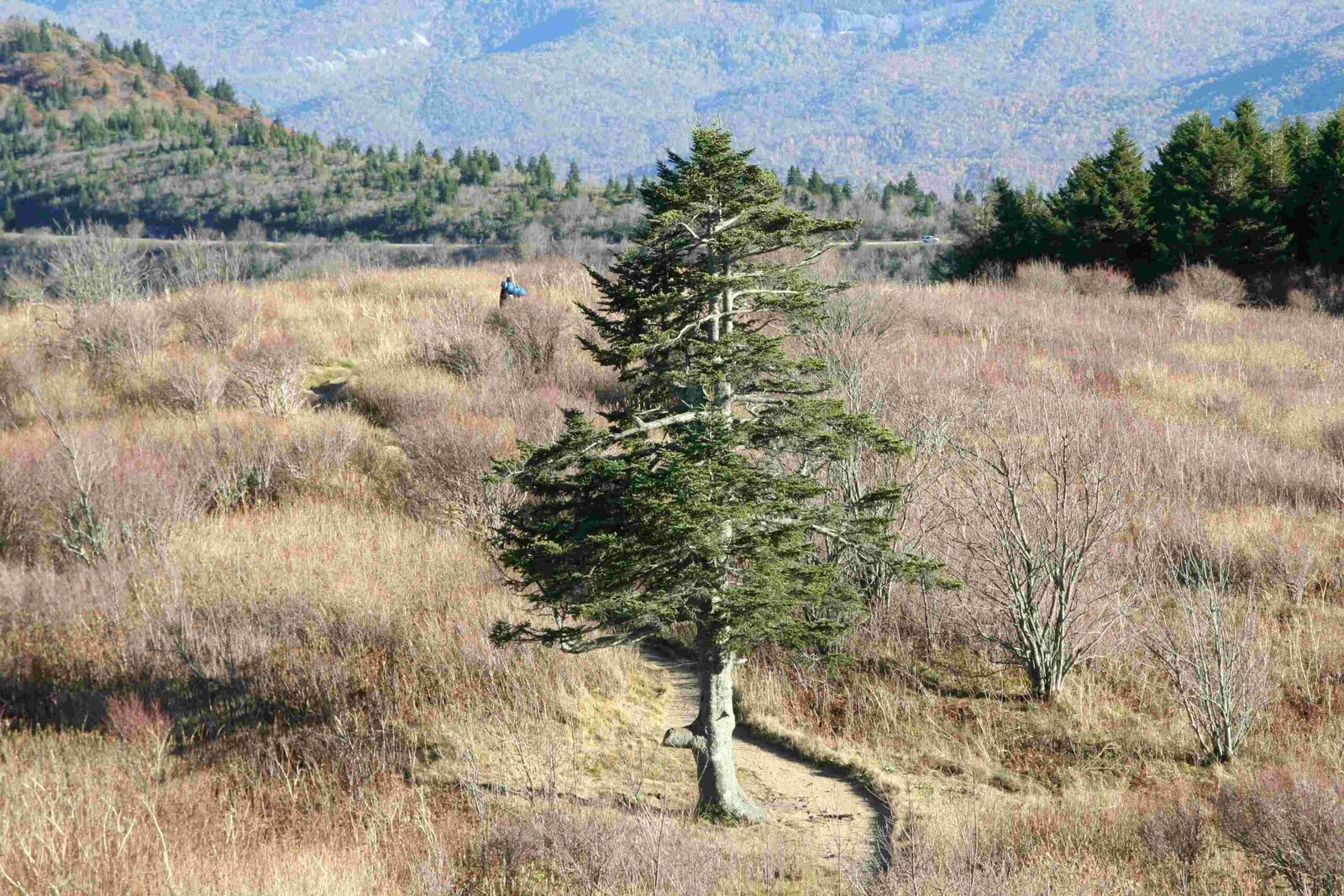The Southern Appalachian mountain streams offer a treasure trove of fly fishing opportunities, with a rich ecosystem that demands specialized fly patterns. Anglers navigating these pristine waters require a nuanced understanding of local insect hatches, trout behavior, and the unique characteristics of mountain streams. This comprehensive guide explores the most effective Southern Appalachian fly patterns that have been refined through generations of local expertise.
What Makes Southern Appalachian Fly Patterns Unique?

The fly patterns used in the Southern Appalachian region are specifically designed to match the intricate ecosystem of mountain streams. These waters host diverse trout species, including:
- Brook Trout
- Rainbow Trout
- Brown Trout
Dry Fly Strategies for Mountain Streams
| Fly Pattern | Size Range | Best Season | Target Species |
|---|---|---|---|
| Blue-Winged Olive | 18-20 | Year-round | Brook Trout |
| Elk-Hair Caddis | 14-16 | Spring/Summer | Rainbow Trout |
| Green Drake | 8-10 | Late May | Brown Trout |
| Orange Stimulator | 10-14 | Summer | Brook Trout |
Key Considerations for Dry Fly Selection
Successful dry fly fishing in the Southern Appalachians requires understanding:
- Local Insect Populations: Match the current hatch
- Stream Conditions: Water clarity and flow rate
- Time of Day: Most active during early morning and late evening
How to Choose the Right Nymph Patterns?

Nymph patterns are crucial for Southern Appalachian streams, especially when surface activity is low. Top recommended nymphs include:
- Tellico Nymph: A local favorite for versatility
- Yallerhammer: Classic Appalachian pattern
- Pheasant Tail: Effective in multiple conditions
- Prince Nymph: Excellent for deeper pools
Streamer Techniques for Larger Trout
Streamers become particularly effective during:
– Autumn spawning seasons
– Low light conditions
– Targeting larger predatory trout
Where to Find the Best Fishing Locations?
Top Southern Appalachian Fishing Spots
- Great Smoky Mountains National Park
- Middle Prong of Little River
- Noland Creek
-
Requires free fishing permit
-
Davidson River
- Known for consistent hatches
- Multiple access points
- Excellent for both beginners and experienced anglers
Essential Fly Tying Materials
Recommended Materials List
- Hooks: Mustad, Tiemco, Daiichi
- Threads: UTC 70 or 140
- Feathers: Rooster and hen hackles
- Dubbing: Rabbit fur, synthetic materials
When to Fish Southern Appalachian Streams?
Seasonal Fishing Guide
- Spring: Peak mayfly and caddis hatches
- Summer: Terrestrial patterns most effective
- Autumn: Large streamer patterns recommended
- Winter: Selective fishing, smaller patterns
Pro Tips for Southern Appalachian Fly Fishing
- Always check local regulations
- Carry multiple fly pattern variations
- Observe stream conditions carefully
- Practice catch and release
- Respect local ecosystems
Local Resources and Workshops
- Hulsey Fly Fishing: Guided trips and classes
- Local Fly Shops: Offer workshops and expert advice
- Recommended Books:
- “Fly Pattern Guide to the Great Smoky Mountains”
- “Tying & Fishing Southern Appalachian Trout Flies”
Final Thoughts
Mastering Southern Appalachian fly patterns requires patience, practice, and a deep respect for the region’s unique aquatic environments. Each stream tells a different story, and successful anglers learn to read these narratives through their fly selection and presentation.

